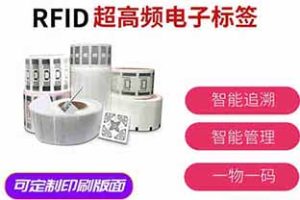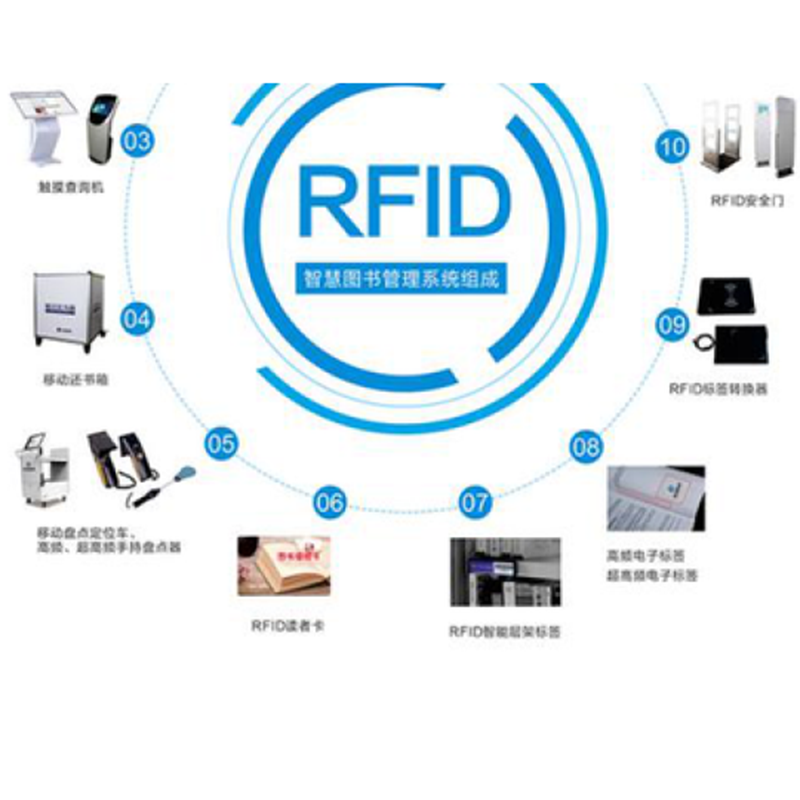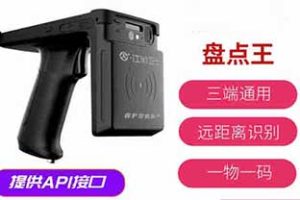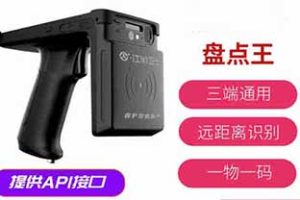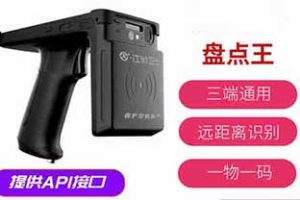How RFID Asset Management System RFID Technology is Applied in the Tobacco Industry 123
At present, most tobacco companies still use traditional manual information entry methods in various aspects of tobacco management. This method not only has drawbacks such as large workload, low efficiency, high error rate, and long material backlog cycle, but also makes the informationization level of the entire production process low, making it difficult to ensure product quality. With the continuous increase in cigarette production, the traditional manual management methods of tobacco enterprises can no longer meet the needs of market supply.

RFID technology, as an efficient, fast, and convenient identification technology, is widely used in various industries. Cigarette factories have introduced RFID technology into the tobacco industry, mainly to improve the management level of production and warehousing logistics. RFID automatic recognition technology has the characteristics of high security, fast reading speed, strong penetration, and large storage space. By applying RFID technology to various stages of cigarette production, RFID electronic tags are deployed at the bottom of pallets and tobacco stem boxes, and RFID readers are correspondingly deployed at sorting lanes, inbound ports, outbound ports, and sealing machines. This can achieve timely grasp and effective control of tobacco procurement, production, and sales information.
The application of RFID technology in the tobacco industry mainly revolves around core businesses such as inbound management, in warehouse management, and outbound management, achieving automatic, fast, and accurate collection and association of tobacco information, commercial inbound and outbound, and warehouse inventory management functions, achieving the purpose of tracking, monitoring, and tracing cigarettes in various stages, making in warehouse information transparent and process controllable, achieving the integration of logistics and information flow in tobacco enterprises, and improving overall operational efficiency.
How to Apply RFID Technology to the Tobacco Industry in RFID Asset Management System 123
1. Warehouse management
The tobacco raw materials and auxiliary materials are stored in the warehouse using a forklift to place tobacco leaves, tobacco stems, tobacco materials, etc. on pallets with RFID tags. The RFID reader at the entrance of the warehouse scans the labels of the pallets that have been stacked, completing the matching of tray information and product information. Then, the conveyor sends the goods to the aisle stacker, which performs the storage operation.
2. The finished cigarettes are sorted by category through sorting channels, and RFID readers are installed at each sorting channel.
When individual cigarettes pass through, the RFID electronic tags on the cigarette boxes are scanned to quickly identify their type. If they meet the type, the side pushing device pushes the individual cigarettes into the channel, and then the robot palletizes them. After palletizing is completed, the conveyor sends the entire tray of cigarettes to the storage port. The RFID readers scan and record the tray, and then the conveyor sends it to the stacker platform for storage.
2. In stock management uses RFID handheld terminals to automatically collect batch data of cigarettes in stock, quickly and accurately verify stored data to complete inventory work. RFID handheld devices can also be used to adjust stacking information.
How to Apply RFID Technology to the Tobacco Industry in RFID Asset Management System 123
3. During the outbound management process, the outbound information (such as the name, quantity, storage location, etc. of the outbound goods) is transmitted to the warehouse control system and transported to the outbound platform via a conveyor. The RFID reader automatically scans the goods or pallet labels for confirmation, completing the update of the cargo location information. Once there are no errors, the goods are transported to the designated location by shuttle trucks, forklifts, or AGV carts to complete the outbound operation. By installing RFID tags on the transportation tray, using the transportation carrier tray as the entry point, RFID tray identification is associated with cigarette information, and relevant information is collected through devices such as RFID readers/RFID handheld devices. In the inbound and outbound process, conduct a full pallet inventory of incoming cigarettes to increase the efficiency of inbound and outbound operations.
The application of RFID automatic recognition technology in the tobacco industry solves various problems in the manual management mode of tobacco enterprises, and improves the operational efficiency and quality of tobacco enterprises.

